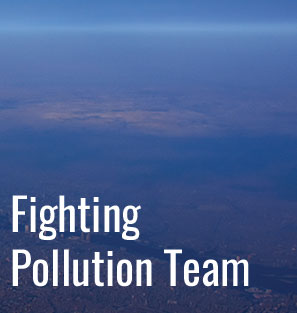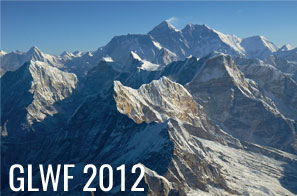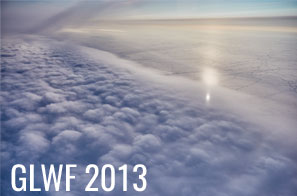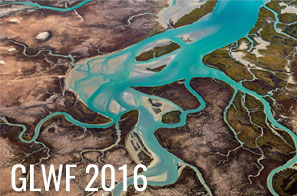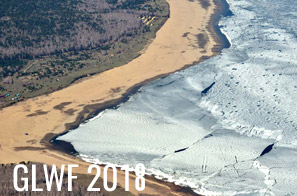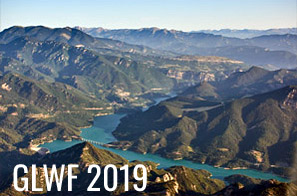

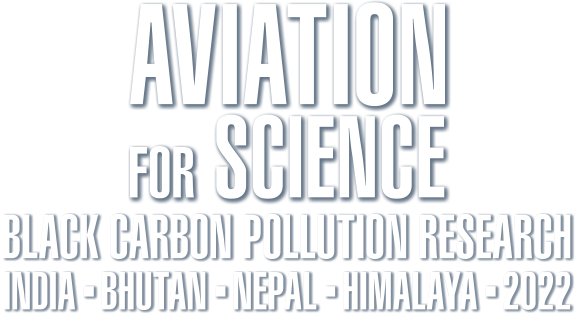
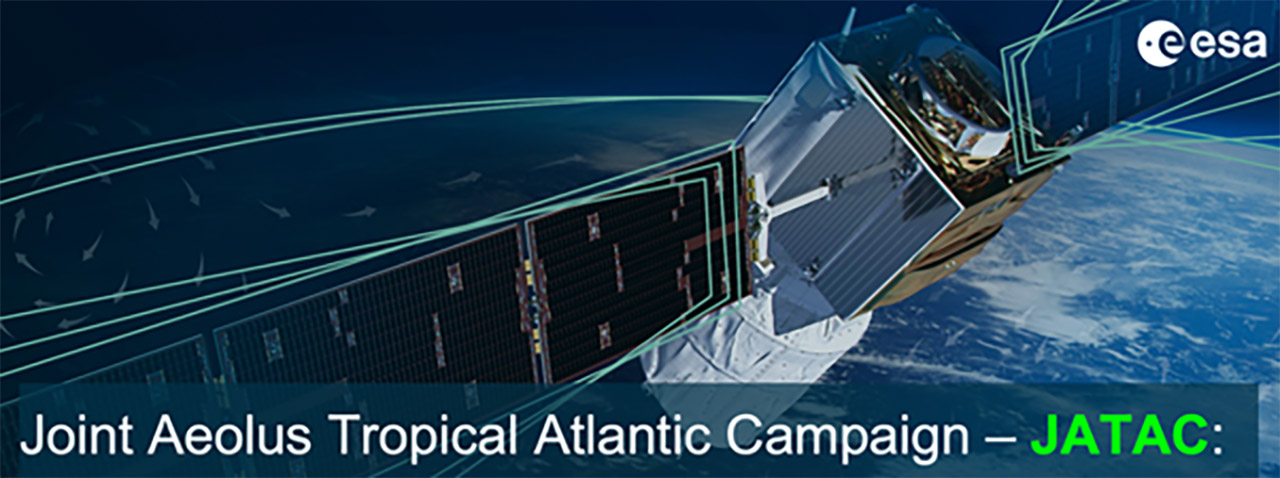
3.9.2021 - 22.9.2021
Every summer, the wind carries large amounts of desert dust particles from the hot and dry Sahara Desert in northern Africa across the Atlantic Ocean. Data from the Copernicus Sentinel satellites and ESA’s Aeolus satellite detect the extent of summer dust plume on its journey across the Atlantic.
In addition to the wind, Aeolus data provides valuable information regarding the altitude and vertical extent of the aerosol layer, compared to downward-looking imagers, as it can determine the height at which the dust layer is travelling.
While the dust poses a threat for our health, causing hazy skies and triggering air quality alerts, the travelling Saharan dust plays an important role in our ecosystem. The dust is a major source of nutrients which are essential for phytoplankton – microscopic marine plants that drift on or near the surface of the ocean. Some of the minerals from the dust falls into the ocean, triggering blooms of phytoplankton to form on the ocean surface, which in turn provides food on which other marine life depends. This plankton is an essential sink of atmospheric CO2.
The dust is also very important for life in the Amazon. It replenishes nutrients in rainforest soils – nutrients that would otherwise be depleted by frequent rainfall in this tropical region.
The dry and dusty air layers have also been shown to suppress the development of hurricanes and storms in the Atlantic. Tropical storms need warm ocean waters and warm humid air in order to form. (ESA)
University of Nova Gorica, Haze d.o.o., Aerovizija d.o.o., GLWF are partners in the September 2021 JATAC – Joint Aeolus Tropical Atlantic Campaign in cooperation with ESA (European Space Agency), DLR (German Aerospace Center), NASA (National Aeronautics and Space Administration), CNRS (French National Centre for Scientific Research), NOA (National Observatory of Athens). We will perform in-situ aircraft measurements of aerosol optical and physical properties. The focus of our investigations will be complex mixtures of dust and soot and their contribution to the Aeolus lidar signals. Our primary focus is the calibration and validation of the Aeolus satellite products. Additionally, we intend to investigate the role of these complex aerosol mixtures to climate change.

Pilot
Flying with an ultra-light aircraft in Asia is a real challenge. Large uninhabited and remote areas of Siberia, the interior of Mongolia, western China, Kazakhstan, demanding logistics, bad weather, turbulence, fuel delivery, demanding overflights and landings permissions, unpredictable costs ... There is no doubt a truer research adventure.

Scientist
Measurements over large unpopulated areas over Asia and Siberia in particular will help us understanding the background concentrations of Black Carbon and other carbonaceous pollutants and their contribution to climate change.
The planet Earth is getting warmer.
Black Carbon adds more than 1 W/m2 to the greenhouse effect.
Black Carbon is the second-largest contributor to global warming after CO2.
7 million people worldwide die every year due to air pollution.
Sea level is rising fast.
Biomass burning, transport and industry emit large amounts of Black Carbon into air.
- Flying distance of over 220 000 km
- Over all oceans
- Over all continents
- Airborne 1100+ hours
- Performed measurements in more than 110 countries
- Took more than 80 000 measurements
- Prepared more than 35 scientific presentations
- Published more than 27 scientific abstracts
- Over 1200 media releases and exhibitions







